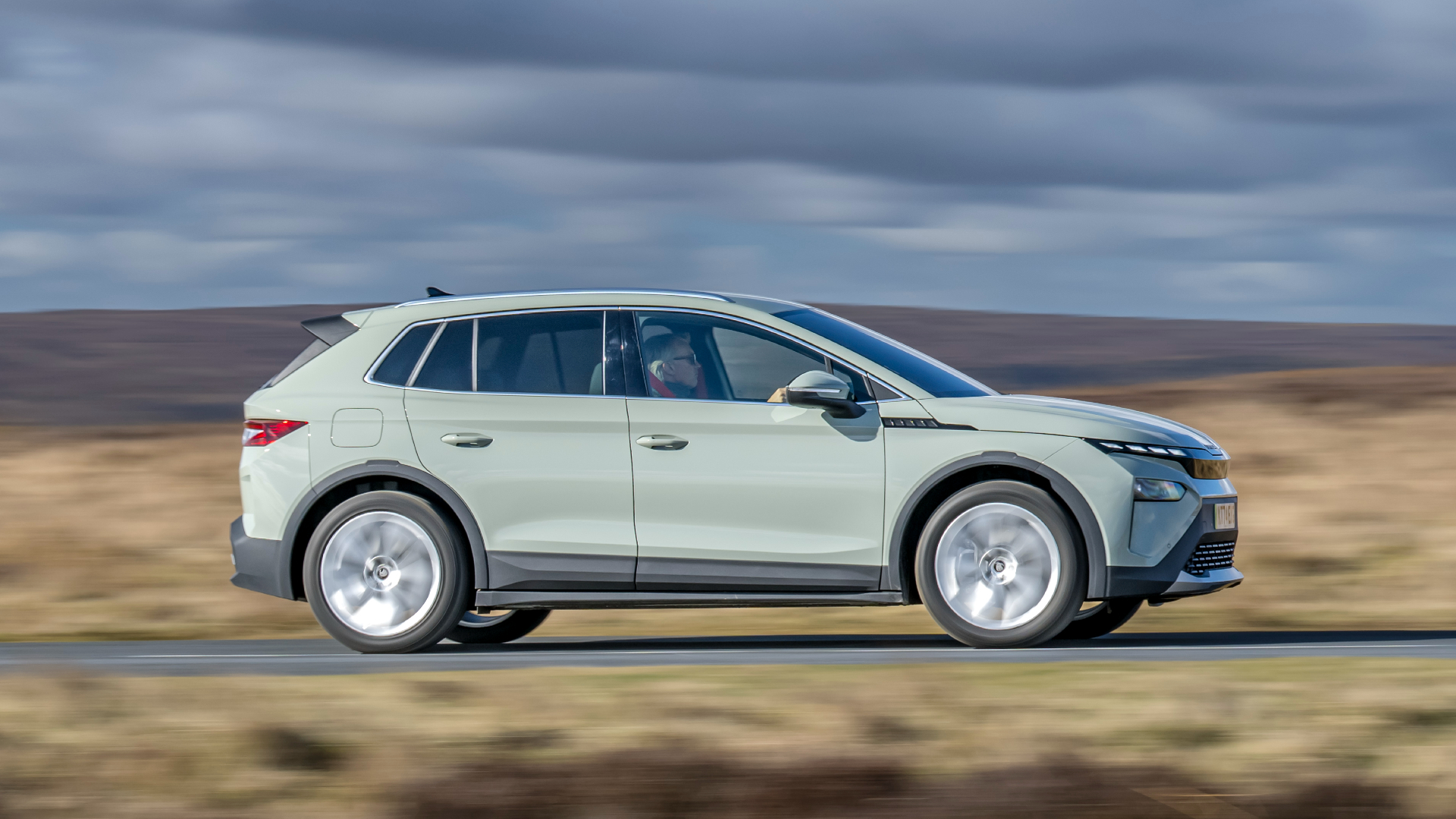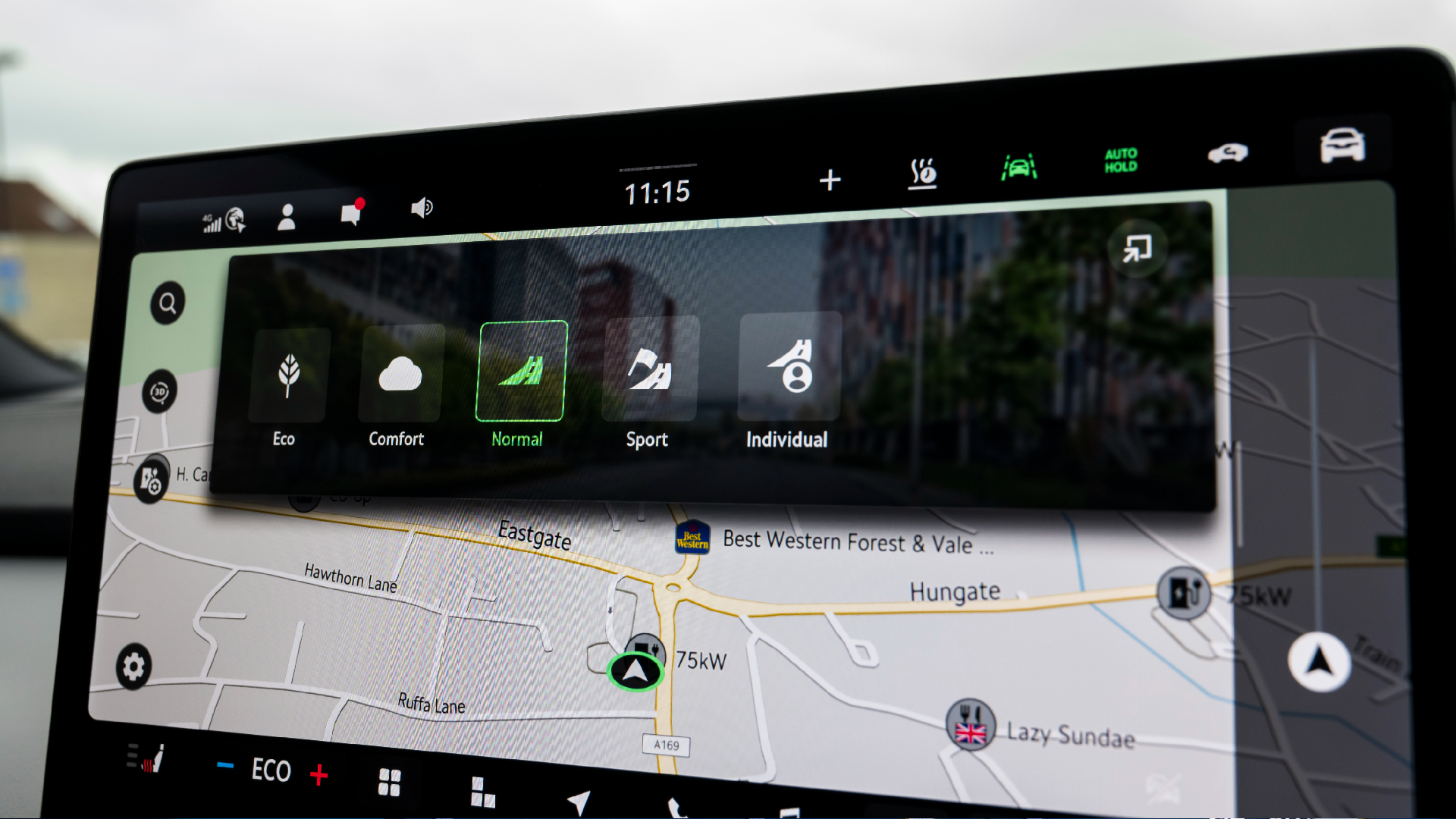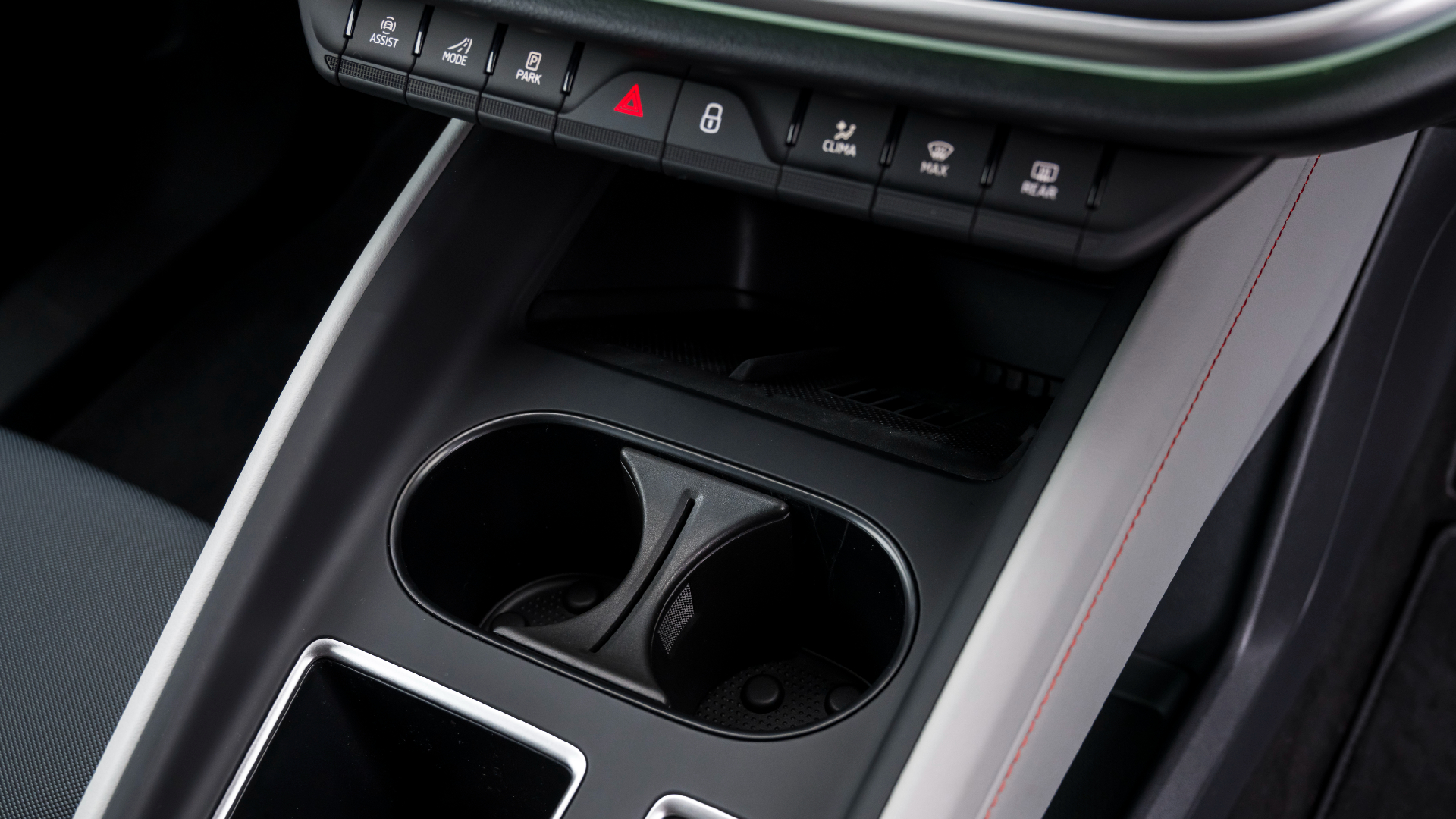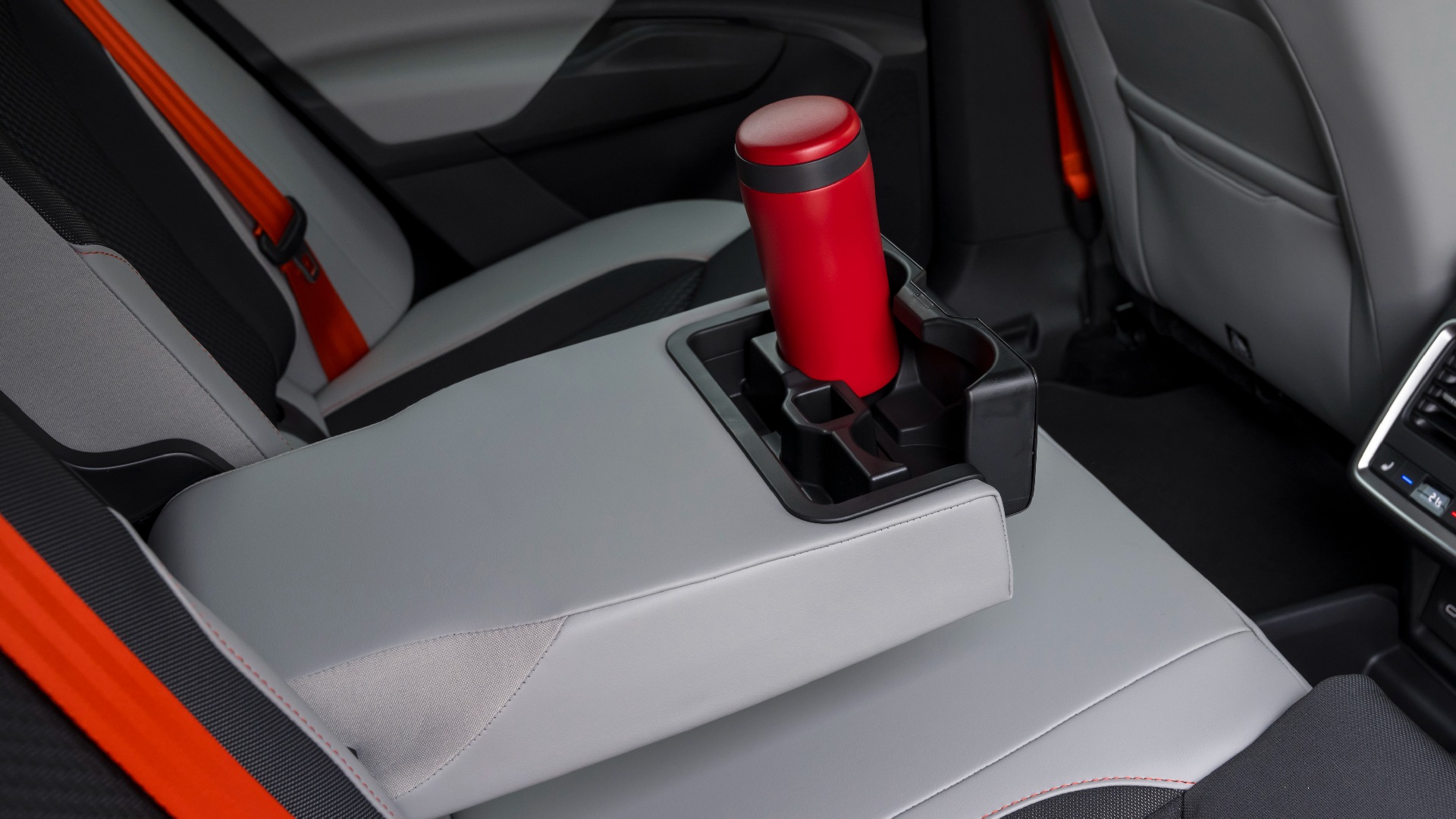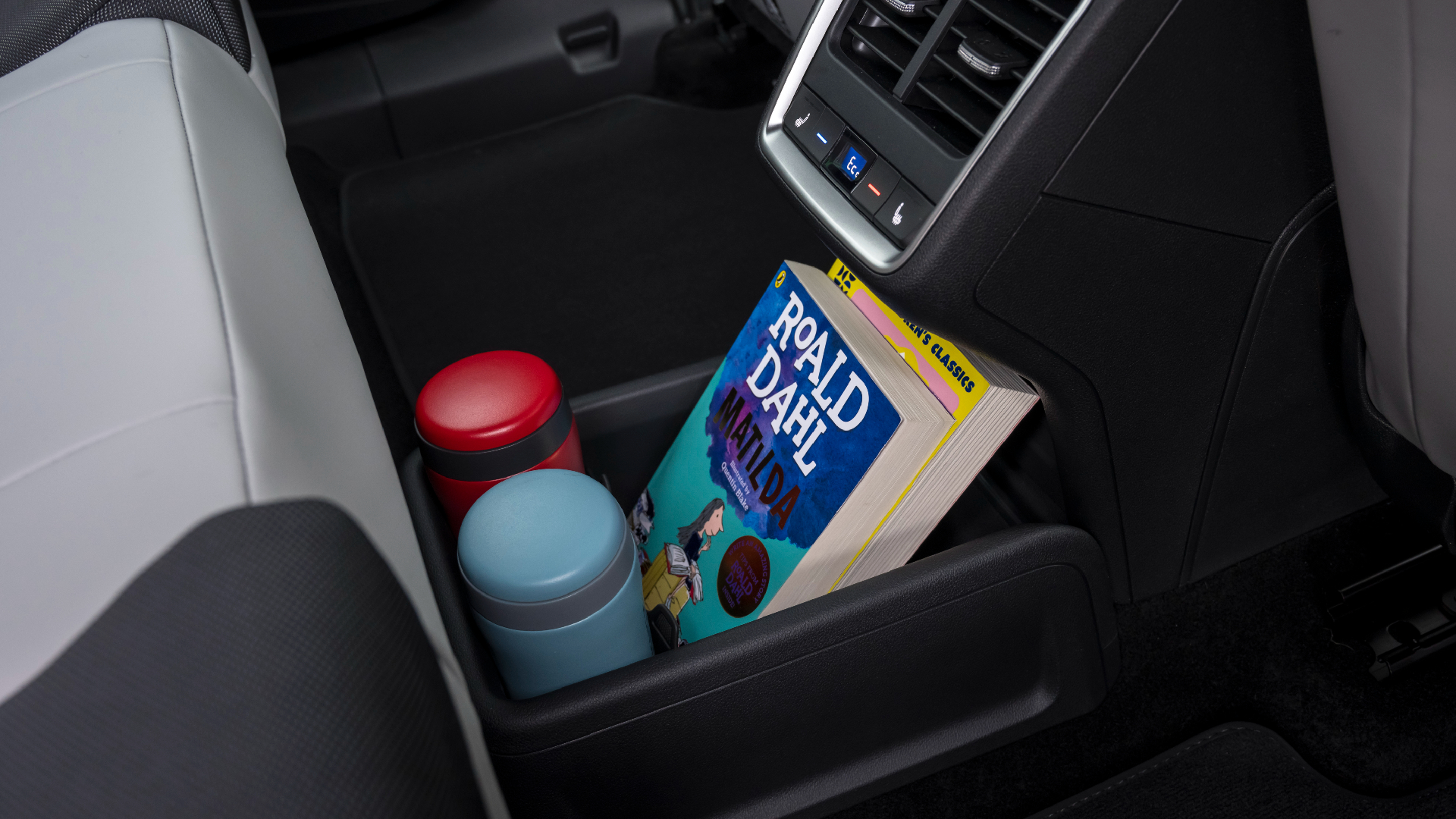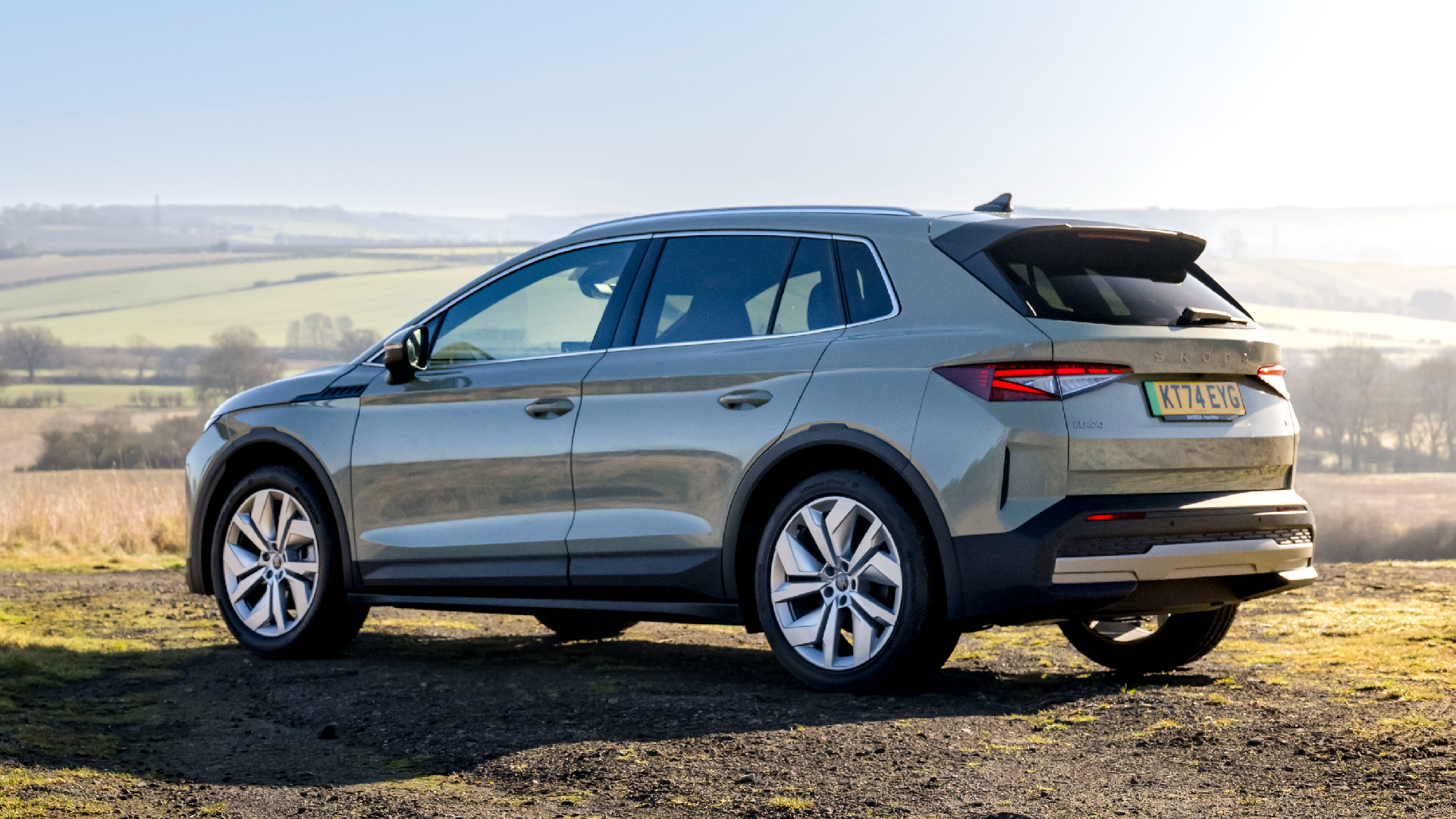Skoda Elroq 2025 review: Czech carmaker can’t seem to miss with its electric family cars
Not the Spanish Dwayne Johnson ... but equally as appealing
Skoda is like the guy who turns up to a party dressed in comfortable shoes, sensible trousers and a standard man shirt and slips in unnoticed, but by the end of the night has become everyone’s best friend… and maybe even heads home with a phone number or two. Quietly cool, confident in their skin, doing everything right without shouting about it.
Its electric cars are the ultimate embodiment of that. The Czech brand’s second dedicated pure-EV follows the Enyaq, which most people in the know will tell you is superior to the Volkswagen ID.4 on which it’s based – though the sales figures don’t reflect that. The Enyaq is still a popular electric car in Europe, but the VW has the edge in terms of popularity. That’s a shame because the Enyaq is probably the best EV you can get from the Volkswagen Group. In fact, it’s one of the best electric SUVs out there, full stop.
Now it has a little brother, called Elroq, and based on my time with the car — which included a short break with the family — it’s repeating the Enyaq’s trick in the class below. With prices starting at £31,500, it’s also a lot more affordable.
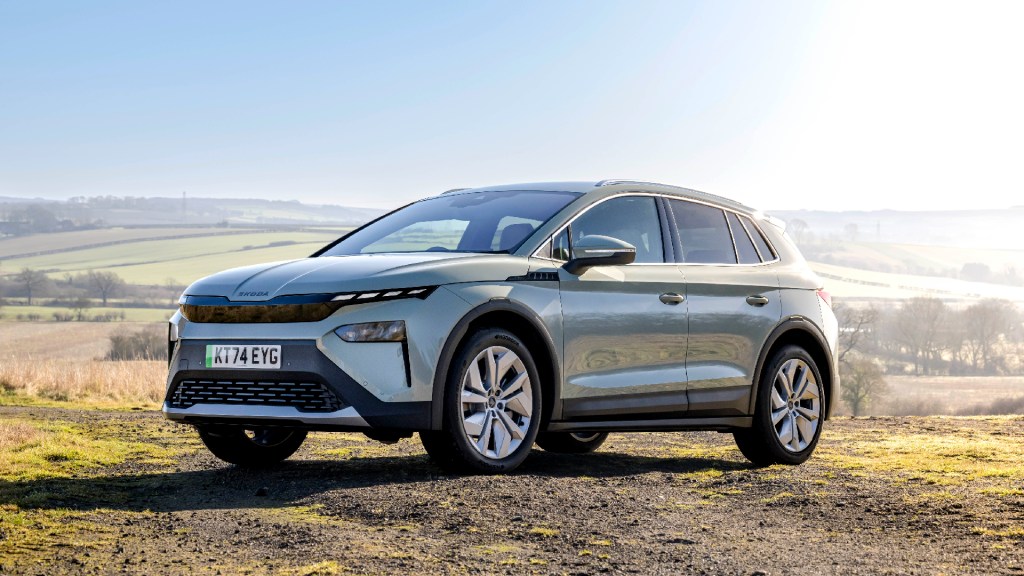
The Elroq is a similar width to its sibling but around 17cm shorter, which means it doesn’t have the same sort of load-lugging ability. Its 470 litres with the rear seats in place is 20 per cent smaller than the Enyaq but it’s still pitched very much as a family car, and its boot isn’t what you’d call miserly in terms of space — it’s a little less than the pricier BMW iX1 (490 litres) but more capacious than the new Volvo EX40 (410 litres), Kia EV3 (460 litres) and Hyundai Kona Electric (466 litres). We were able to pack a weekend’s trip worth of bags for two adults and two primary school kids neatly in the rear, though.
I realise that having zoomed in on the boot space so early in the review may have already sent you to sleep, but it’s worth noting because practicality is definitely Skoda’s thing. As are the brand’s patented (probably) Simply Clever touches, such as the umbrella built into the driver’s door and the ice scraper in the boot lid.
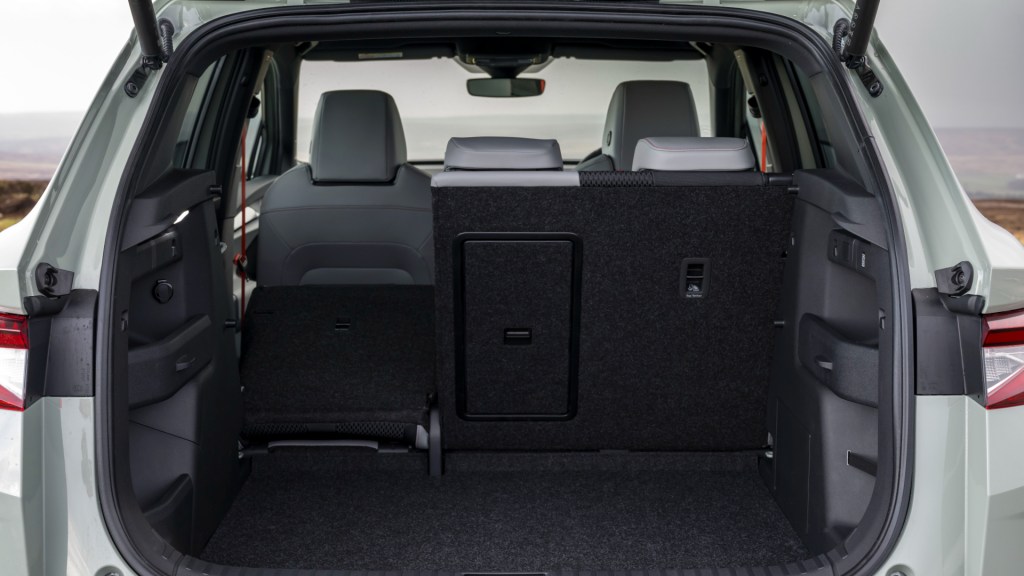

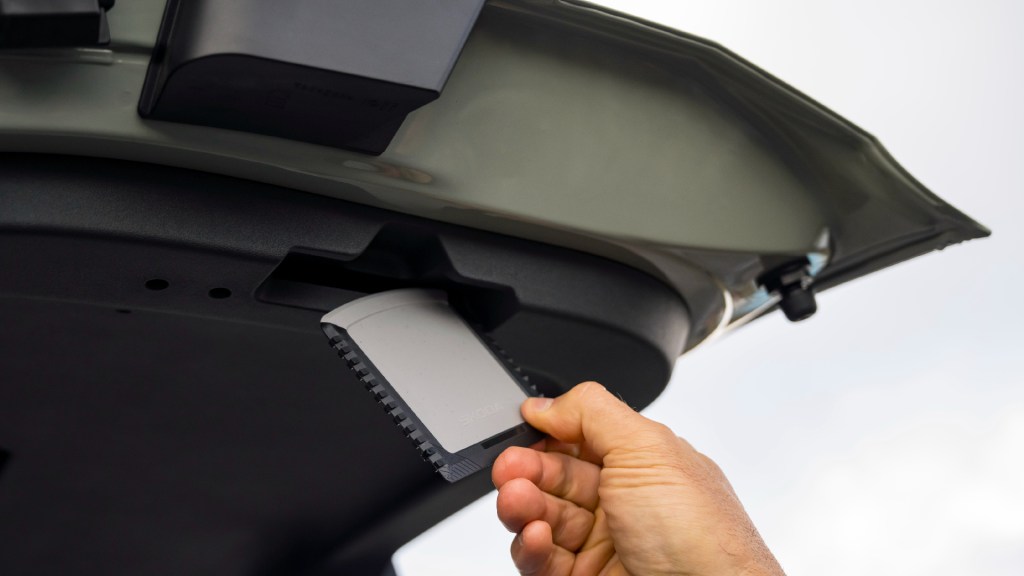

The Elroq brings something new to this party, too, with a charging cable storage net for the underside of the parcel shelf (standard from Sportline versions and above). It’s the sort of innovation that will excite only the weirdest of people but trust me when I say that as an owner, you’ll appreciate it. Because once you find out about it, it’s so obviously a good idea you wonder why no-one else came up with it a long time ago. Storing cables under the boot floor is not at all practical when you spend your life carrying around pushchairs and related paraphernalia.
What my family did fully appreciate was the amount of space for them in the rear seats. The thickly-padded driver and passenger seats and headrests means the view ahead isn’t terrific, but that was the only way in which the Elroq blotted its copybook as far as they were concerned. When my wife decided to switch seats with my daughter for an adventure trail organised by Skoda, she found she had bags of legroom and acres of space above her head, too.
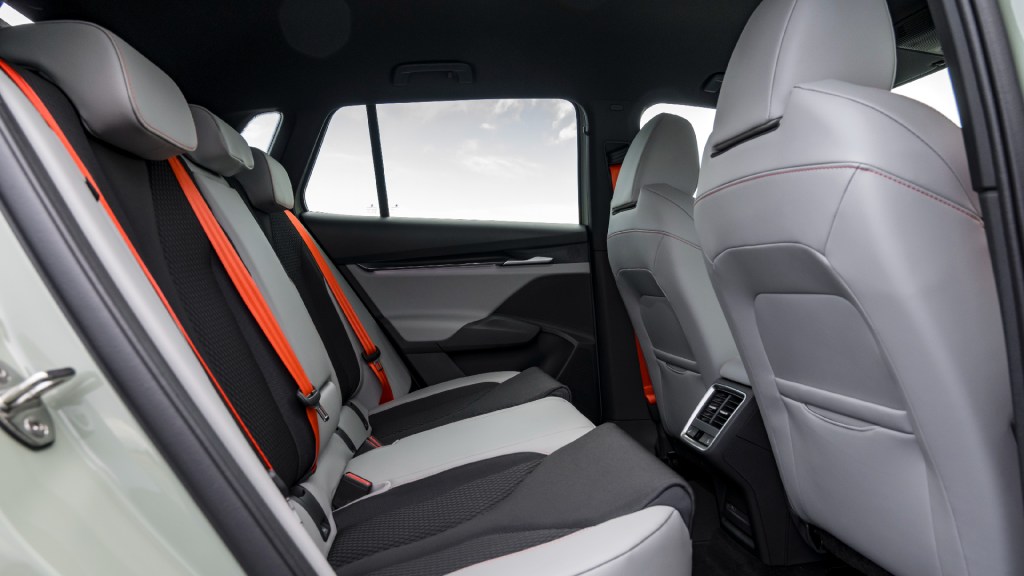
That’s because Elroq shares the same wheelbase (the distance between the front and rear wheels) as the Enyaq, despite the shorter overall length. If you have a small child who at times needs company in the rear, the Elroq’s second row bench has the roominess of a car in the class above. And the Elroq has a flat floor, meaning it’s easy to step through from one side to another, and people in the centre seat has space for their feet, but there’s also a storage tray for two drinks cups and other oddments that can be inserted behind the centre console if there are only two in the back. This Skoda, then, is also the bloke at the party who you can trust to hold your drink while you pop to the loo… then whips out a bottle opener for a friend.
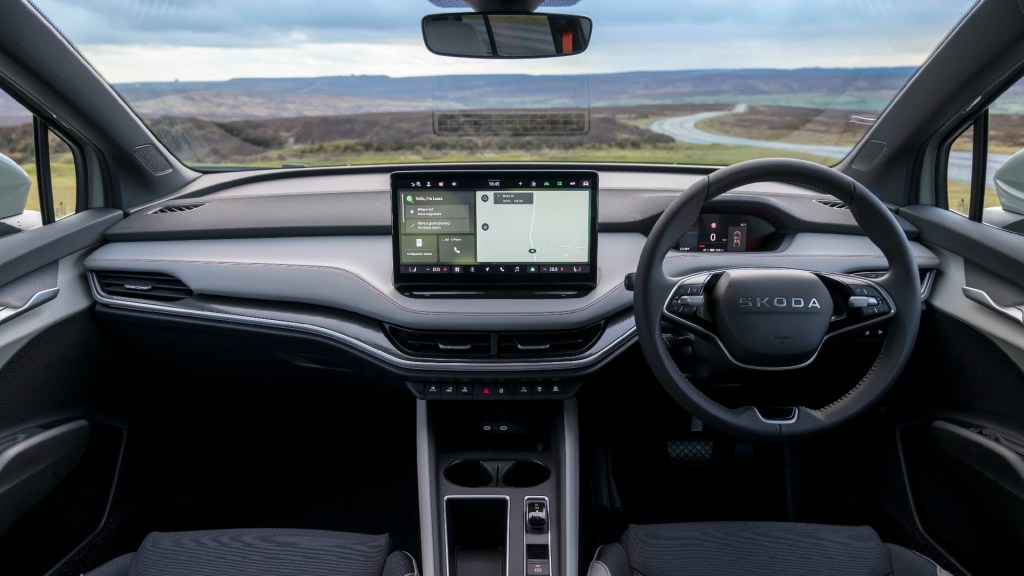
Up front, the story is good, too. The seats are supportive in all the right places, comfortable over long runs and covered in a selection of sustainable fabrics made from recycled materials, while Skoda’s mix of physical buttons and touchscreen controls remains the touchstone for all VW Group brands. Storage solutions are everywhere, including a large space under the floating centre console.
The dashboard and three-spoke steering wheel give the Elroq a minimalistic look but without compromising on functionality – you still get a driver’s display directly in front of the wheel, for example, and it displays navigation details even if you’re running maps via Android Auto or Apple Carplay. It all works, and all makes sense, which sounds like a silly thing to point out but you might be surprised at how hapless some car interiors have become.
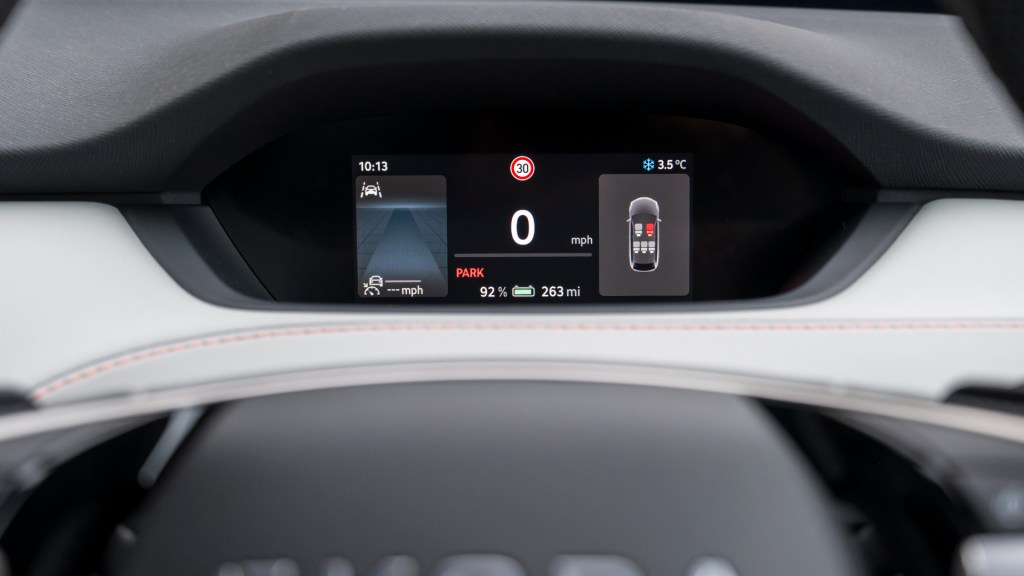
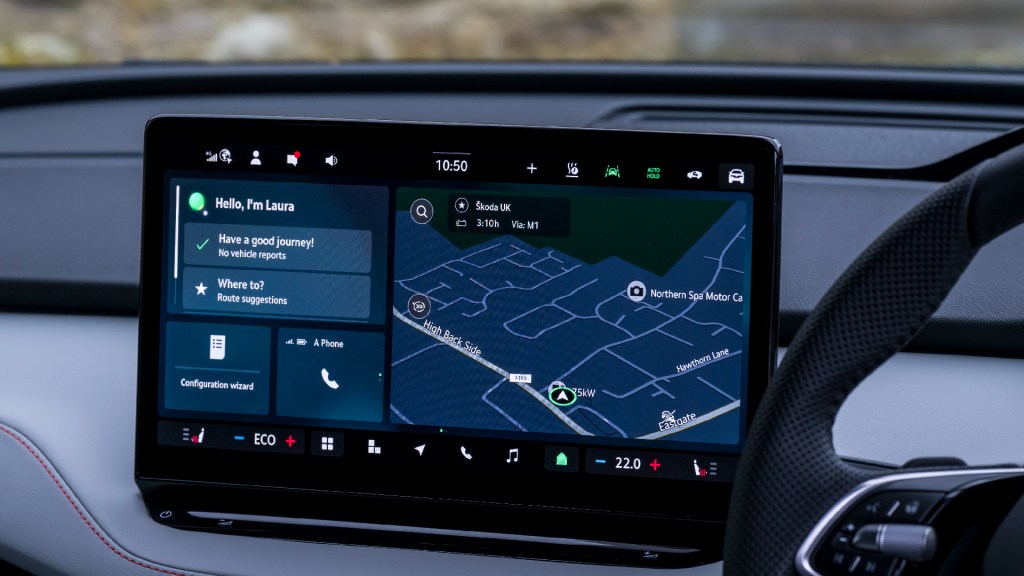
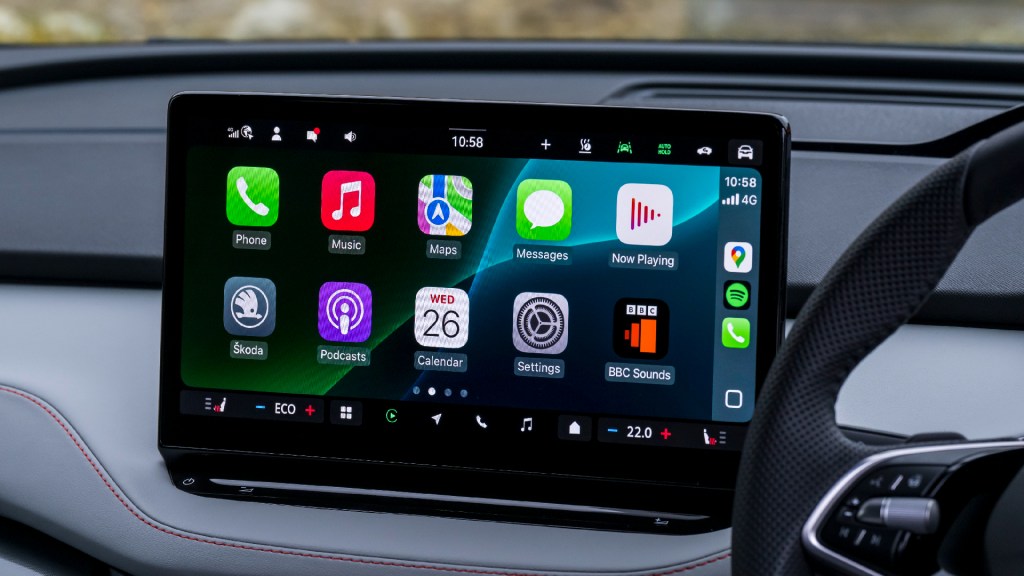
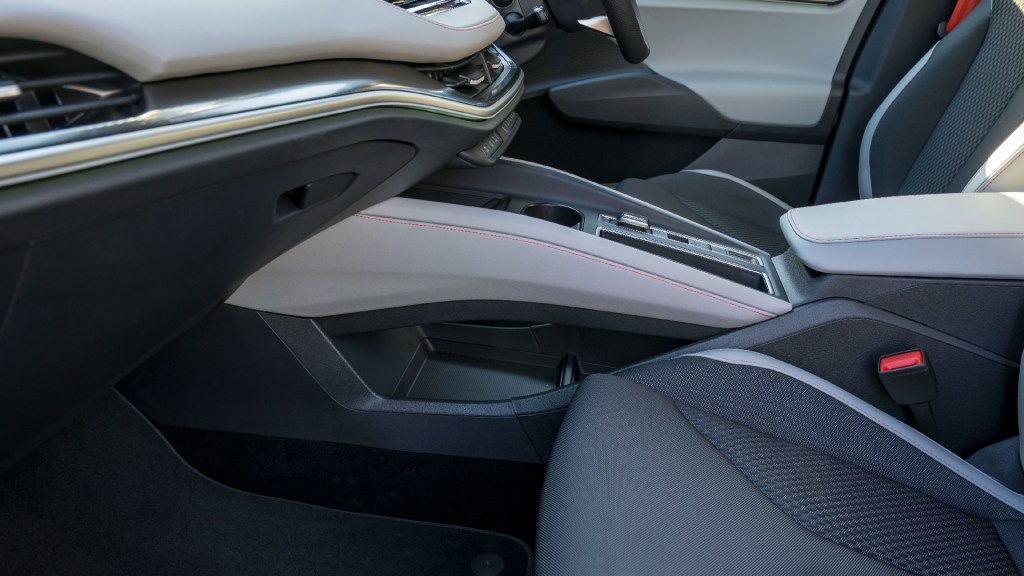
Skoda has also been sensible in offering three battery sizes, which means different price points but with the extra cost comes more miles per charge. The Elroq 50, 60 and 85 names equate very loosely to the energy capacity of the batteries.
The smallest, with a usable 52kWh, should be able to take you 232 miles, according to the official tests, though as usual we have to say it’ll likely be less in the real world, particularly if you’re traveling at motorway speeds.
The mid-sized battery might be worth a look at, with up to 265 miles available, on paper, and unlike the Elroq 50 you can spec the 60 with more luxuries, as it comes in a choice of three trim levels. Our test car was fitted with this battery and had a base price of £34,450, though options took it to £36,600 as tested, with metallic paint, the Lodge interior, Transport Package and fancy 20in Vega alloys.
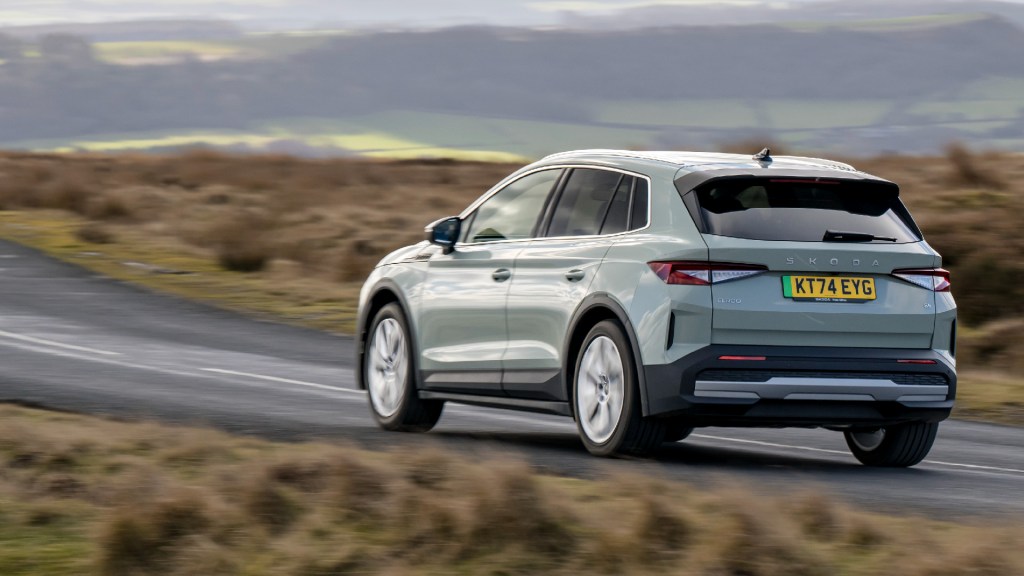
For a realistic indication of range, I can tell you that with the battery reading 84 per cent full, I was told another 183 miles were possible. However, the 3.2 miles per kWh efficiency reading over 28 miles of stop-start driving suggests a real world maximum range of 188 miles. It really does depend enormously on a number of factors, including how aggressively you drive the thing.
Regardless, if long journeys with the family are an absolute must, you’ll want to go for the largest battery, rated at 77kWh — the Elroq 85 is officially good for up to 360 miles per charge.
Whichever one you go for, though, I’d recommend adding a heat pump – a £1,100 option – as that will improve efficiency.
It’s worth noting, too, that as the battery size increases, so does the charging speed and the power output. If you plug into a DC rapid charger, at a motorway services, for example, then max speeds are rated at 145kW, 165kW and 175kW. Though actually, because the capacity also increases, they all have similar 10-80 per cent charging times of around 25 minutes.
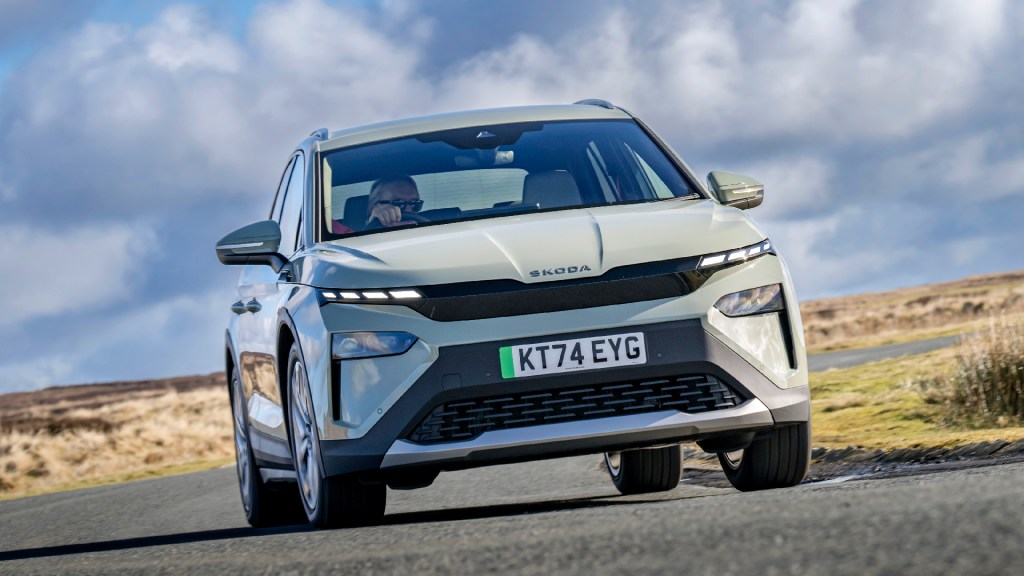
You will notice the performance difference, though. With the smallest 60 version you have 168bhp at your disposal whereas the Elroq 85 produces 286bhp, and so the 0-62mph time drops from 9sec to 6.6sec. The 60 manages the same sprint in 8sec dead.
So if you want to be able to have a bit more fun behind the wheel, the longer-range models are on paper the ones to get. Note, though, that weight also rises from 1,874kg for the 50 to 2,181kg for the 85, which is like carrying around three fairly big blokes all the time, and those keen on driving will probably notice. It may also be noticeable in terms of the frequency of trips to your local tyre retailer.
The Elroq 60, which tips the scales at around two tonnes, drives much like the Enyaq — and that’s a good thing. It’s composed and confidence-inspiring. There’s no sporty pretence here but the steering has a reassuring weight to it and the ride quality is nicely judged, handling bumps and broken surfaces with typical aplomb, while not approaching anywhere near being overly soft.
It also feels quick enough, even while being loaded with people and luggage, with both effortless town driving and overtakes on faster roads handled without fuss. If you’ve never experienced electric power delivery, it’s quite a revelation: punchy yet smooth and linear. For the keener drivers, or those really keen to outdo the neighbours, Skoda also offers adaptive damping, but only as an option for versions in the SportLine trim, as part of the Driver package. This can change the strength of the dampers depending on driving mode, allowing some tailoring of the ride between Normal, Comfort and Sport modes. To be honest, though, that may be overkill on a car that behaves nicely even with regular springs and shocks.

What else is good? The driving position is excellent, and the front seats very comfortable, while noise levels are kept pretty well in check; wind noise around the side mirrors is noticeable at motorway speeds, there’s limited tyre roar, and after a long journey you arrive fresh and mercifully free of aches.
The Skoda Elroq, then, is very easy to get along with and, if you were to meet at a party, you would likely become best friends, and — to stretch this analogy well beyond its credulity — you may even wish you were going home with them. And failing that, there’s always the Elroq’s big brother to consider.
Related articles
- If you enjoyed this Skoda Elroq review, check out what we said about its updated sibling, the new Skoda Enyaq
- Also take a look at our review of the excellent 2024 Skoda Kodiaq, which comes with petrol, diesel or plug-in hybrid power
- And here are the best electric cars to buy in 2025
Latest articles
- F1 2025 calendar and race reports: The Formula One season as it happens
- Extended test: 2024 Renault Scenic E-Tech review
- Smart #5 2025 review: Not a high five, but the best Smart for years
- BMW iX xDrive45 review 2025: Divisive looks remain but updated electric SUV is otherwise superb
- Aston Martin Vantage Roadster 2025 review: Still hardcore but with added pose factor
- Updated Skoda Enyaq vRS matches 0-62mph time of Czech firm’s fastest-ever car
- Long Way Home review — Ewan McGregor and Charley Boorman hit the road again
- ‘I was a tear-soaked mess’ — Richard Hammond opens up on his last Top Gear show during new race with James May
- Charley Boorman: Potholes? You should see the ones Ewan and I faced in Kazakhstan




